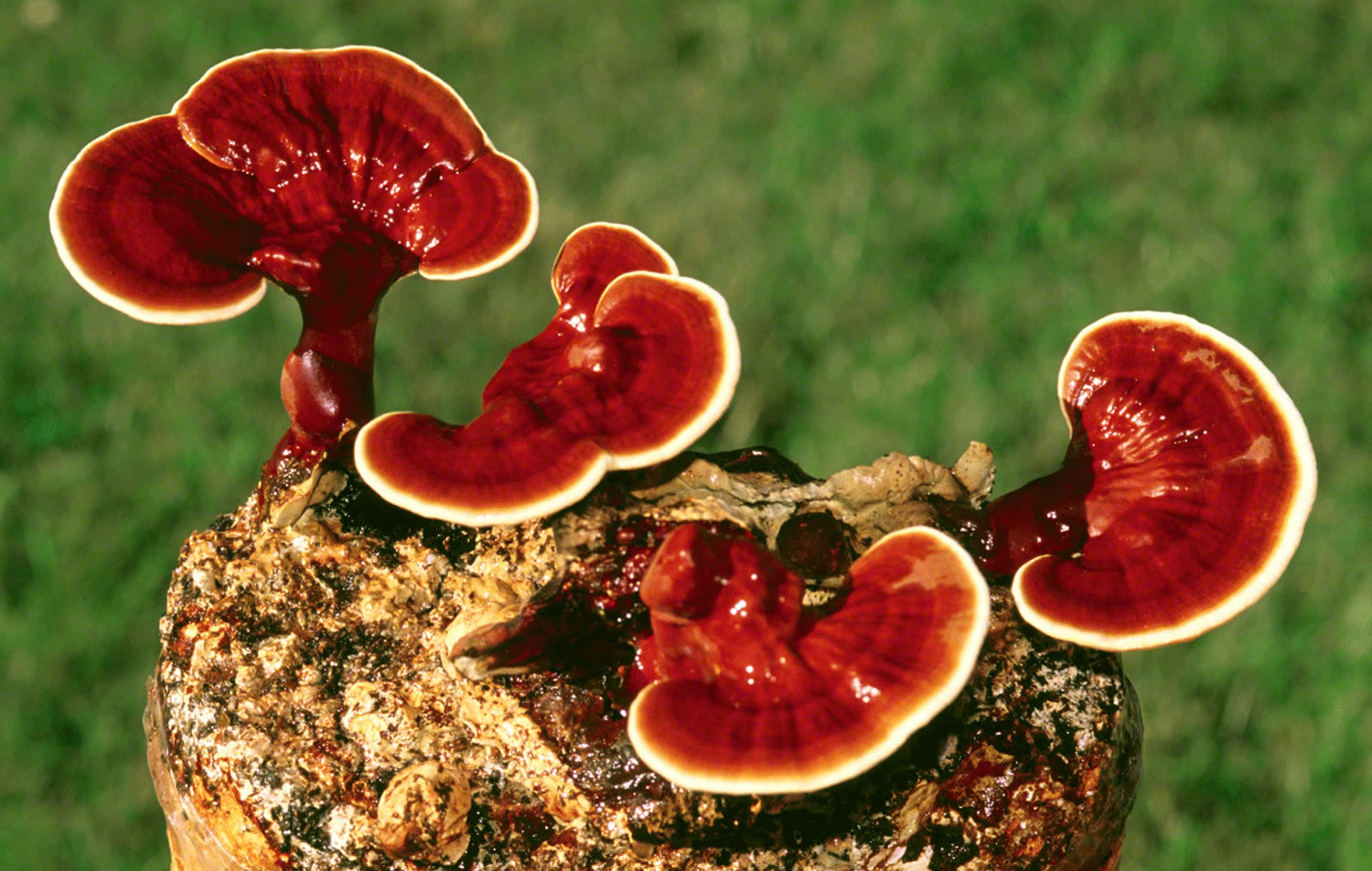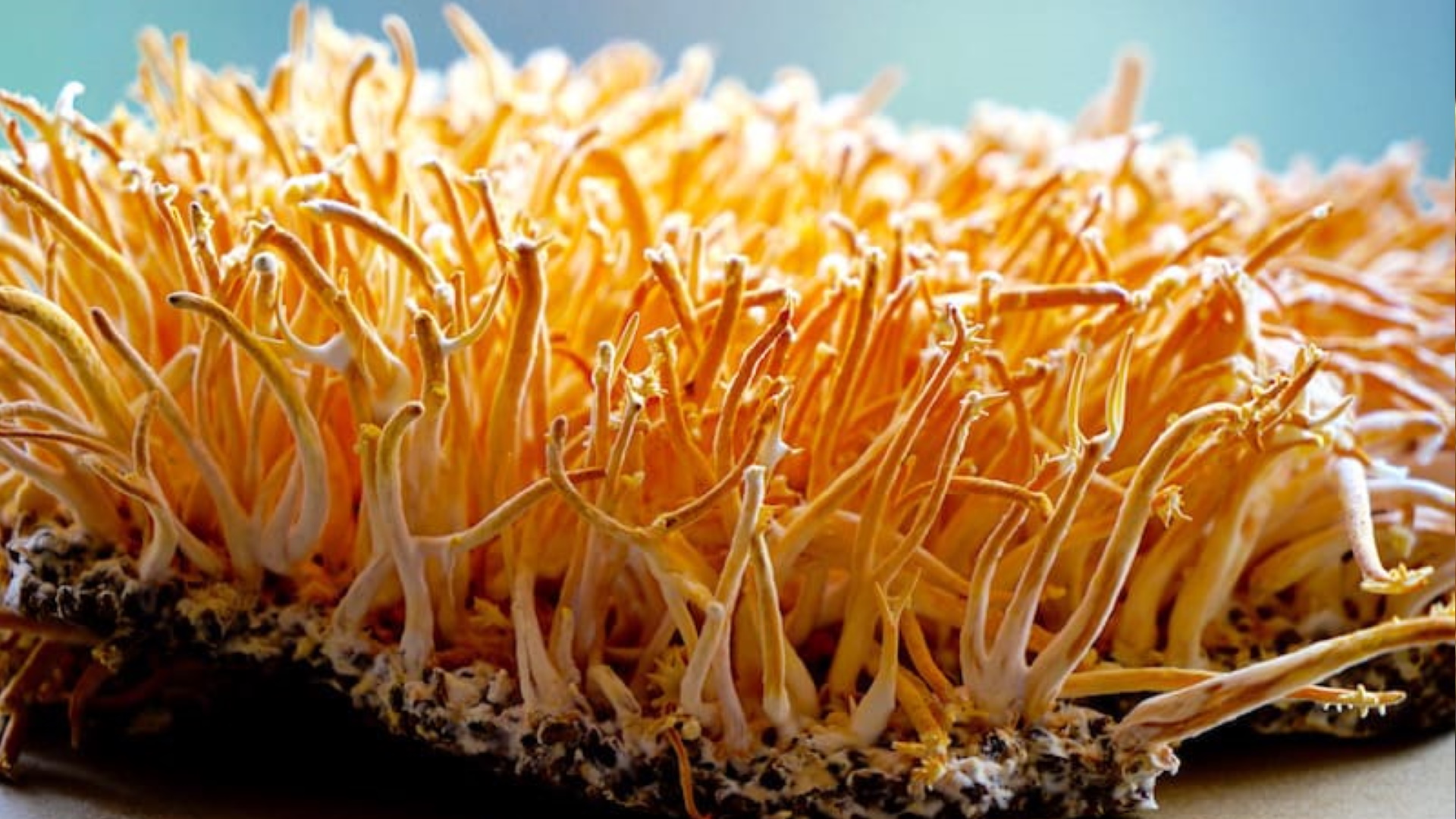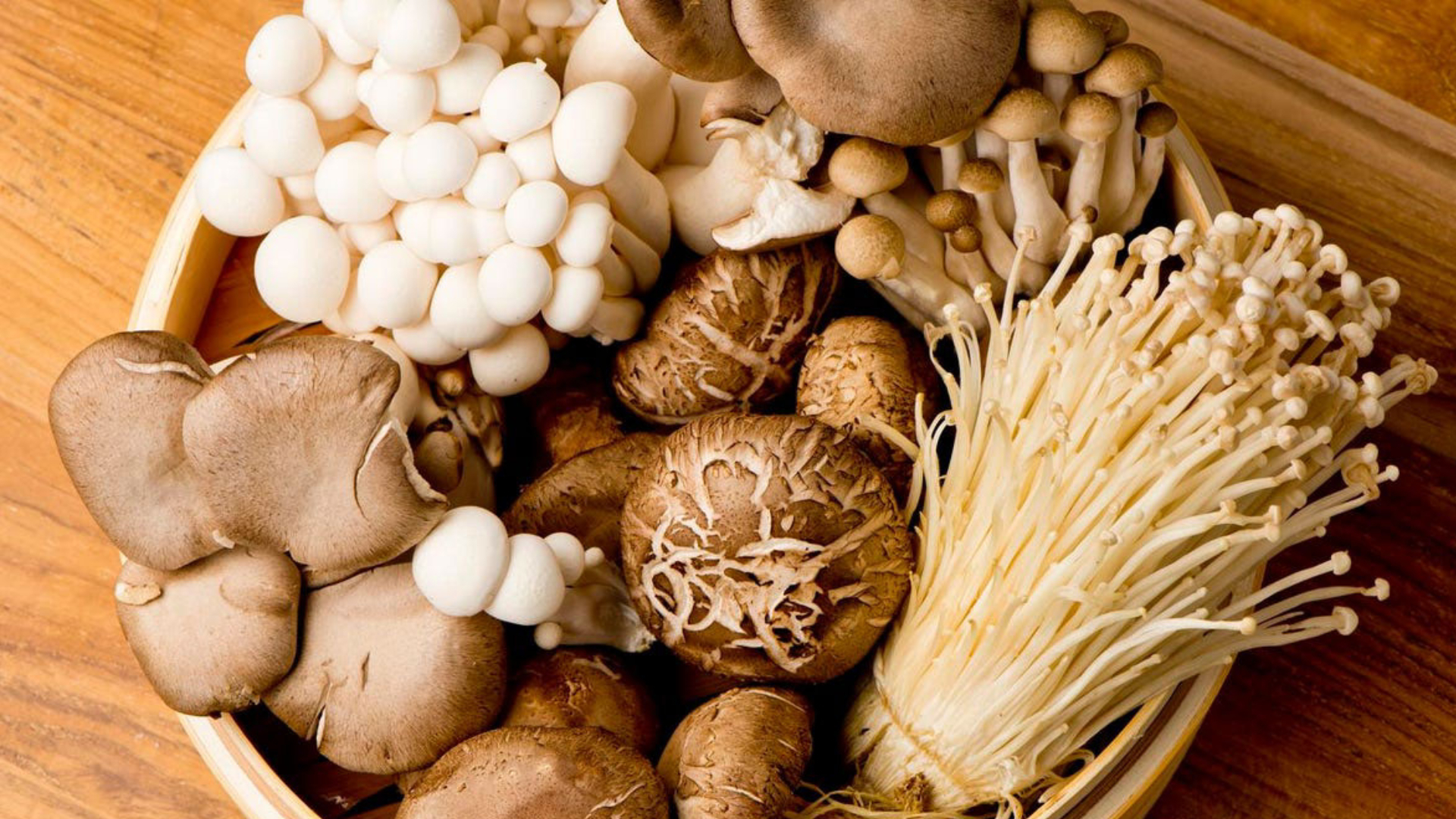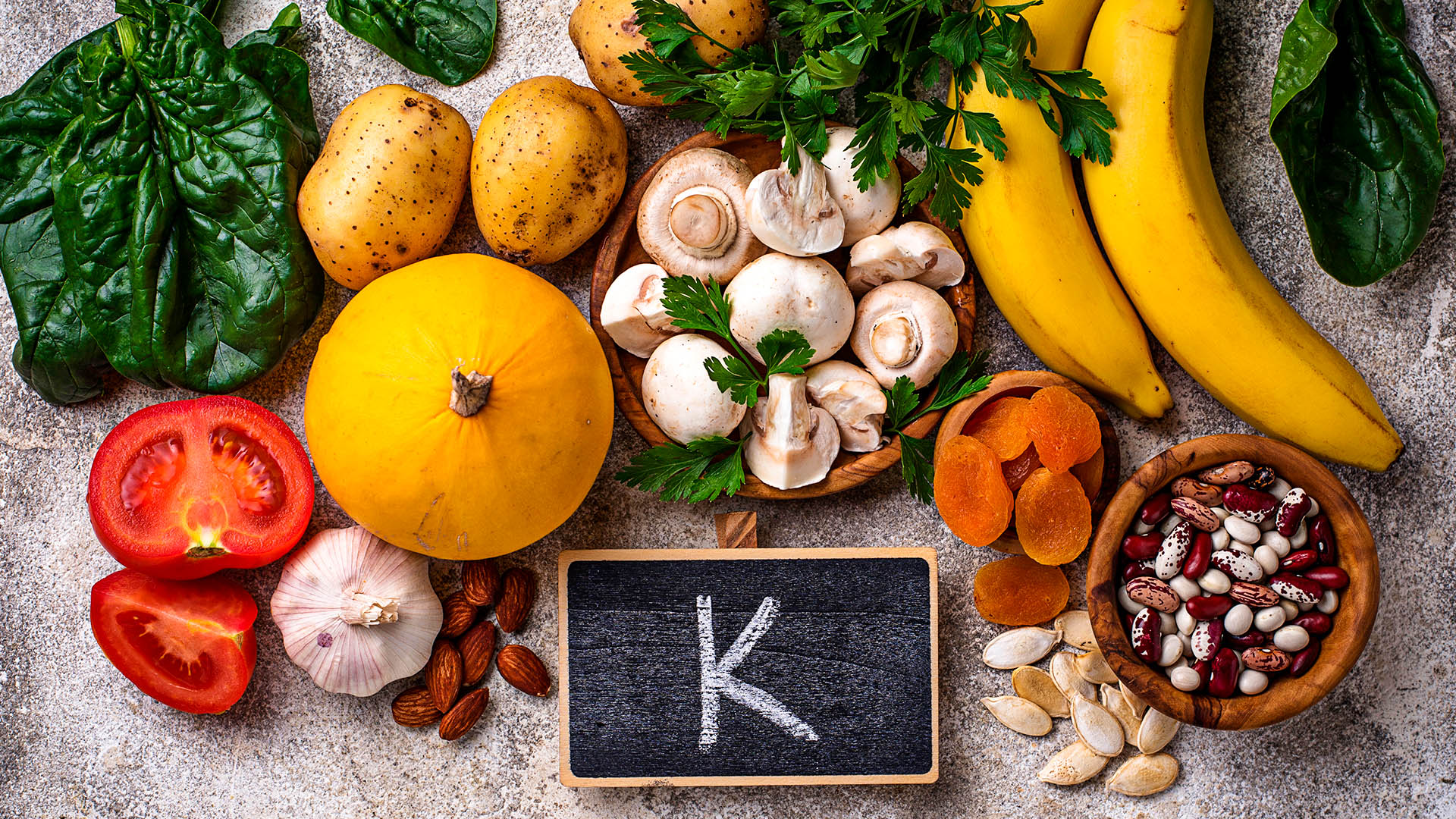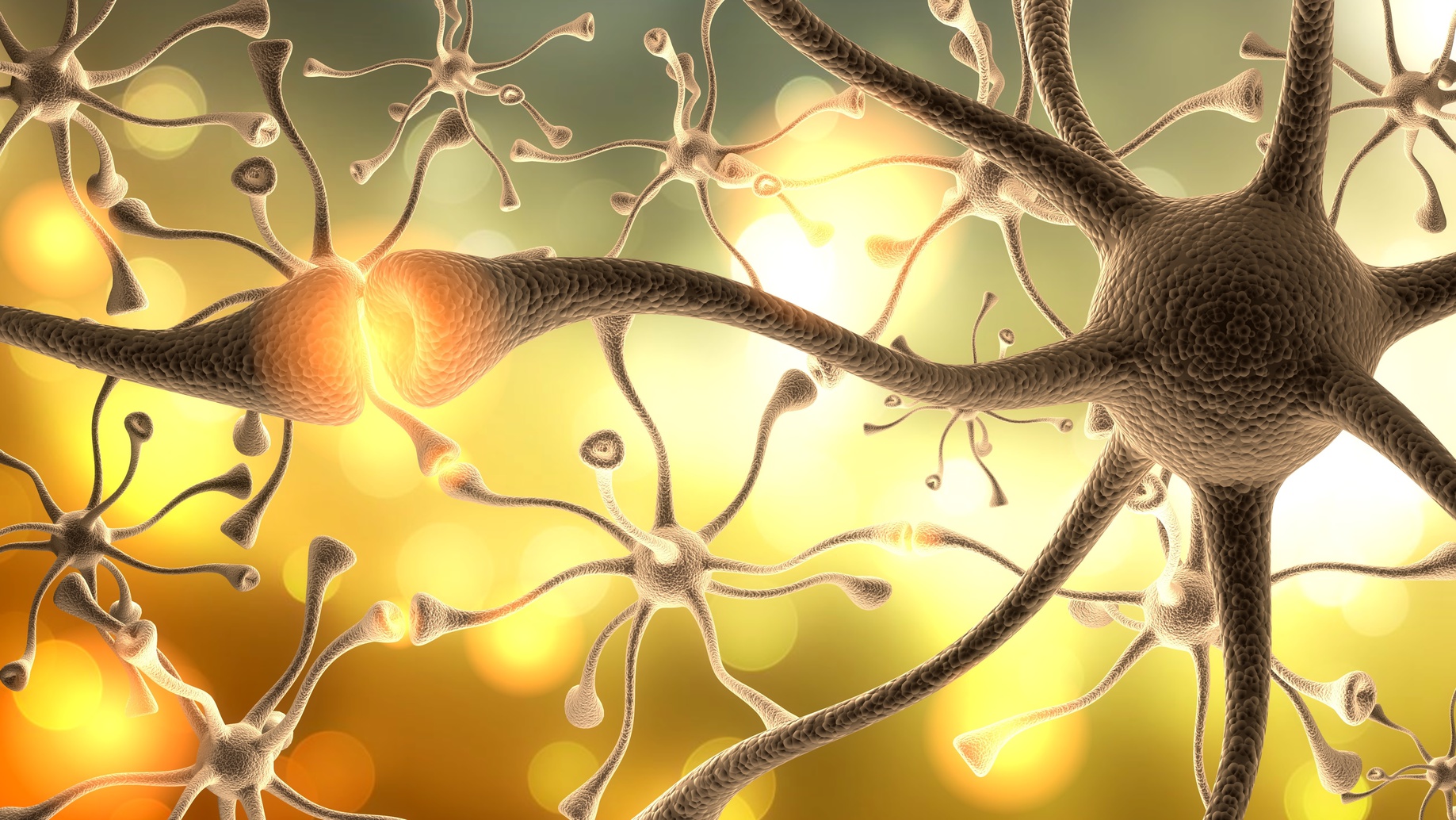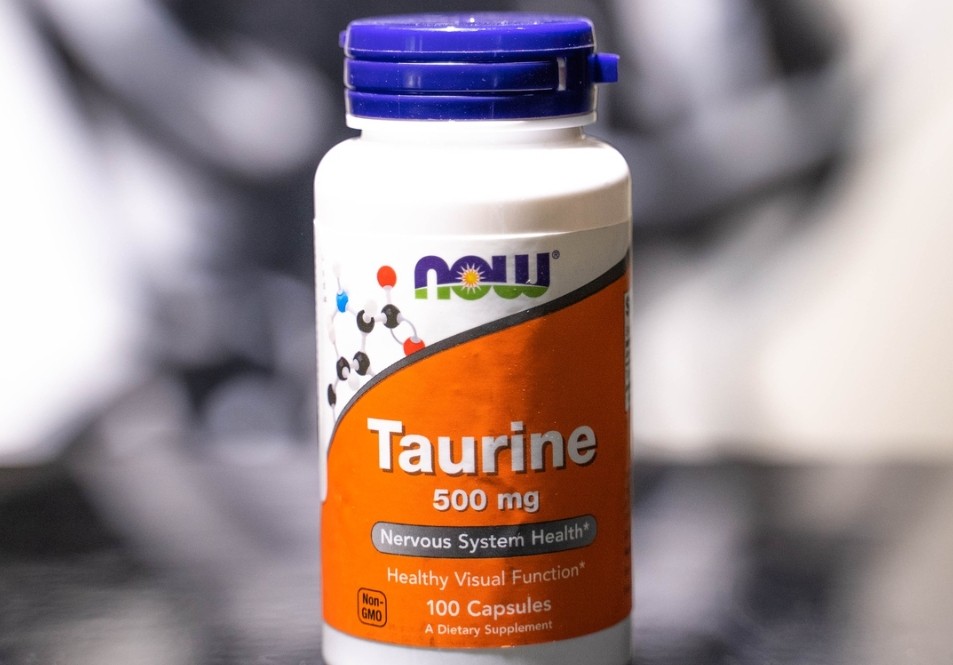The Pegan diet is a hybrid approach to eating that combines principles from both the paleolithic (paleo) and vegan diets. It was developed by Dr. Mark Hyman, a well-known functional medicine physician, with the aim of creating a dietary plan that promotes optimal health and well-being. This comprehensive guide will explore the benefits and downsides of the Pegan diet, as well as provide a sample menu to help you get started.
Benefits of the Pegan Diet:
- Nutrient-dense Foods: The Pegan diet emphasizes whole, unprocessed foods that are rich in nutrients. By focusing on fruits, vegetables, nuts, seeds, lean proteins, and healthy fats, you provide your body with a wide range of vitamins, minerals, and antioxidants, which are essential for overall health and disease prevention.
- Reduced Inflammation: The Pegan diet encourages the consumption of anti-inflammatory foods, such as fresh fruits, vegetables, and omega-3 fatty acids from sources like wild-caught fish and flaxseeds. This can help reduce chronic inflammation in the body, which is associated with various health conditions, including heart disease, diabetes, and certain types of cancer.
- Blood Sugar Balance: By combining the principles of the paleo and vegan diets, the Pegan diet promotes stable blood sugar levels. It emphasizes low-glycemic index carbohydrates from fruits, vegetables, and whole grains, while avoiding refined sugars and processed foods. This can be beneficial for individuals with diabetes or those looking to manage their weight.
- Increased Fiber Intake: The Pegan diet encourages the consumption of fiber-rich foods, such as fruits, vegetables, legumes, and whole grains. A high-fiber diet can support digestive health, regulate bowel movements, and contribute to a feeling of fullness, which may aid in weight management.
- Environmental Sustainability: The Pegan diet promotes the consumption of plant-based foods, which can have a lower environmental impact compared to diets centered around animal products. By choosing sustainably sourced and organic ingredients, you can contribute to a more eco-friendly food system.
· Downsides of the Pegan Diet:
- Nutrient Deficiencies: While the Pegan diet encourages the consumption of nutrient-dense foods, some individuals may find it challenging to meet their nutritional needs, particularly with regards to certain vitamins and minerals. For example, strict adherence to a vegan Pegan diet may result in deficiencies in vitamin B12, iron, calcium, and omega-3 fatty acids, which are primarily found in animal-based foods.
- Restrictive Nature: The Pegan diet eliminates or restricts several food groups, including dairy, gluten-containing grains, and legumes. This can make it challenging for individuals with specific dietary requirements or preferences, such as those who follow a vegetarian or vegan lifestyle. It may require careful planning and supplementation to ensure adequate nutrient intake.
- Potential for Increased Cost: The emphasis on organic and sustainably sourced ingredients in the Pegan diet can increase the overall cost of groceries. Additionally, certain specialty items, such as grass-fed meat or wild-caught fish, may be more expensive than conventional options. This can pose a financial challenge for some individuals or families.
- Social Limitations: Following the Pegan diet may present social challenges in situations such as dining out or attending gatherings where the available food options may not align with the dietary guidelines. This can lead to feelings of exclusion or difficulty in maintaining the diet in certain social contexts.
Sample Pegan Diet Menu:
Here is a sample menu to give you an idea of what a day on the Pegan diet might look like:
Breakfast:
Veggie omelet made with free-range eggs, spinach, mushrooms, and bell peppers.
Side of fresh berries.
Snack:
Handful of mixed nuts and seeds.
Sliced cucumber with almond butter.
Lunch:
Mixed green salad with grilled chicken, cherry tomatoes, avocado, and lemon-tahini dressing.
Roasted sweet potato wedges.
Snack:
Carrot sticks with hummus.
Dinner:
Baked salmon seasoned with herbs, served with roasted Brussels sprouts and quinoa.
Steamed broccoli with a drizzle of olive oil.
Dessert:
- Baked apple slices sprinkled with cinnamon and served with a dollop of coconut yogurt.
- Please note that this is just one example, and you can modify the menu based on your personal preferences and dietary needs. It’s important to consult with a healthcare professional or registered dietitian before making any significant changes to your diet.
- In conclusion, the Pegan diet offers a unique approach to eating that combines elements from the paleo and vegan diets. While it can provide numerous benefits, such as increased nutrient intake and reduced inflammation, it’s important to be aware of the potential downsides, such as nutrient deficiencies and the restrictive nature of the diet. If you’re considering the Pegan diet, it’s best to personalize it to suit your individual needs and seek guidance from a healthcare professional or registered dietitian to ensure a balanced and sustainable approach to your dietary choices.
- The Pegan Diet: Benefits, Downsides, and Sample Menu - July 11, 2023


